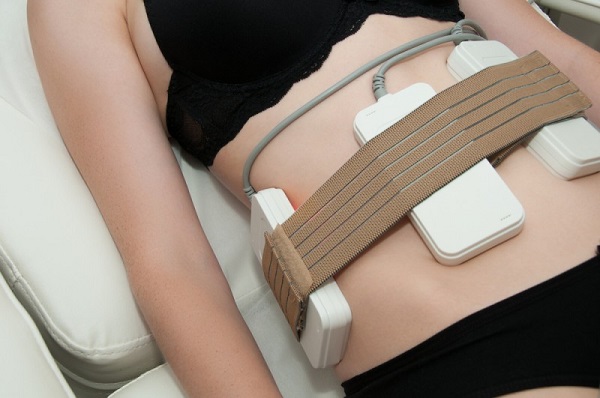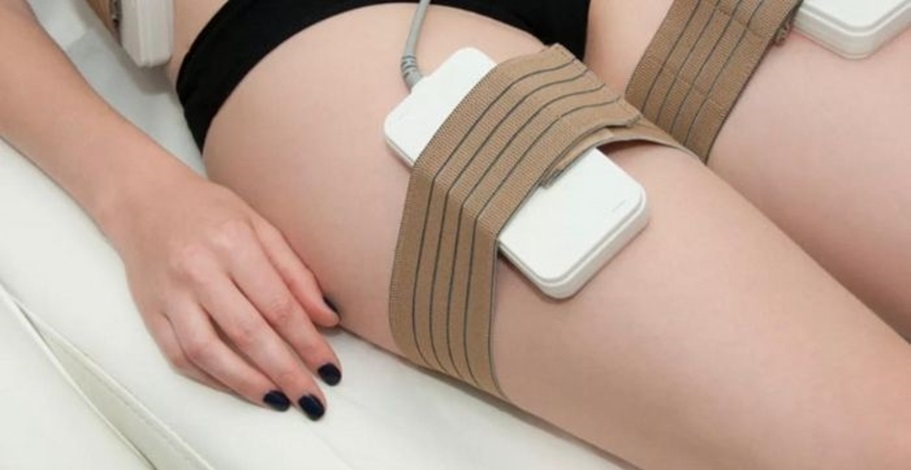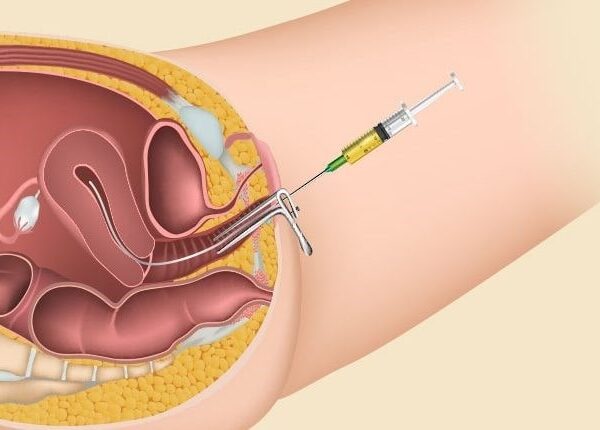Lipolaser treatments, often called laser fat removal or lipolysis, are non-invasive methods for reducing body fat in certain regions. They target and destroy fat cells beneath the skin using laser radiation. This procedure is frequently utilized to shape body parts that are resistant to diet and exercise, such as body contouring. Lipolaser treatments are generally considered safe, and several sessions are usually needed for the best results.
· Laser Energy Application:
Using specialized equipment, laser energy is administered directly to the skin’s surface during lipo laser treatments. Low-level wavelengths that the laser generates can penetrate the skin without harming it with a minimal lipolaser cost. These lasers are usually categorized as minimally invasive or non-invasive based on the needed penetration depth and intensity. The target of the laser energy is the adipose (fat) tissue that is beneath the skin. Selective laser light wavelengths target fat cells, mainly sparing surrounding tissues, including skin, blood arteries, and nerves. The integrity of the fat cells’ cell membranes is damaged when the laser light enters them. This mechanism, called photobiomodulation, causes water, glycerol, and stored fatty acids to be released from within the fat cells into the interstitial space (space between cells).

· Fat Cell Disruption:
In lipo laser treatments, a mechanism known as photobiomodulation causes fat cell disintegration. Adipose tissue, the layer of fat cells under the skin’s surface, is reached by the low-level laser employed in lipo laser treatments. The fat cells’ cell membranes are damaged when the laser energy interacts with them. This disturbance causes a transient alteration that permits the contents of the fat cells to be discharged; it is not dangerous. Fatty acids, glycerol, and water held in fat cells are released due to the damaged membranes. The treatment area’s interstitial space—the region between cells—is then filled with these materials. Fatty acids and glycerol are progressively metabolized and distributed through the body after being liberated from fat cells. This process occurs naturally over several weeks following the treatment.
· Natural Removal Process:
The body’s inherent processes for metabolizing and getting rid of the material generated from damaged fat cells are part of the lipo laser therapies’ natural elimination process. The body metabolizes the fatty acids, glycerol, and water released from the damaged fat cells into the interstitial space due to the laser radiation. The lymphatic system, which removes waste and toxins from the tissues, takes up the liberated fatty acids and glycerol. This mechanism facilitates the effective transport of the components of metabolized fat to lymph nodes via lymphatic channels. Fatty acids and glycerol enter the lymphatic system and go to the liver. When these compounds are processed, the liver is crucial in transforming fatty acids into energy or other metabolic byproducts that the body can use or eliminate. Finally, any waste products or metabolized substances not utilized by the body are eventually excreted. This may occur through processes such as urination or sweating, depending on the nature of the metabolic byproducts.
Conclusion
Lipo laser procedures are becoming increasingly well-liked as a less invasive and longer-recovering option for improving body shapes than surgery. As with any cosmetic surgery, outcomes may differ, so it’s essential to speak with a skilled practitioner to determine whether lipo laser fits your particular objectives and health situation.





